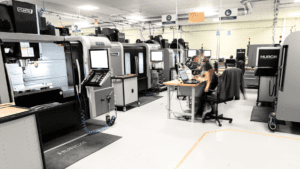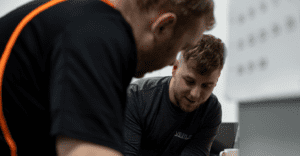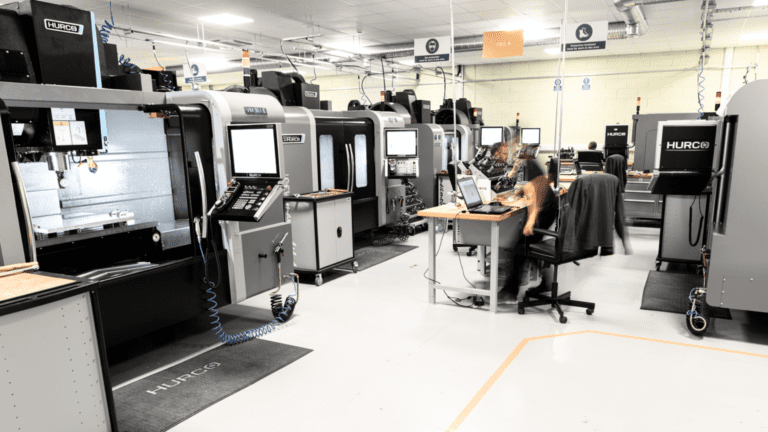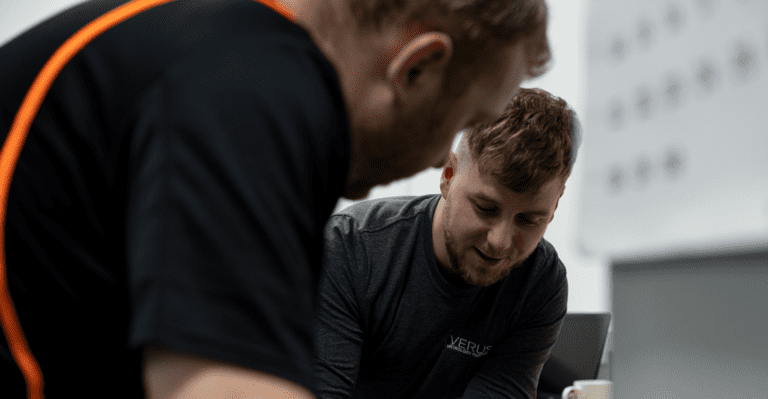I’m always asked questions about what is in our Moldflow reports and how do we approach an analysis. The answer is always the same. We run our Moldflow Process like we run our molding machines. Defined procedures and methods are followed to ensure all potential opportunities are captured. This in turn allows us to improve the manufacturability of the design and reduce its cost.
First of all, the first stage in providing an accurate and quantifiable Moldflow Process is to establish the key inputs. These are:
- Material Data – Moldflow Plastic Labs tested data provides the most accurate results. Deviation from this can reduce the accuracy of the results. (Source: Knowledge Autodesk)
- The 3D model of the component for analysis – Ideally this model should have all cosmetic fillet radii and logos/ lettering removed. Leaving these kinds of features on a model increases the analysis time or time for an analyst to manually remove them before meshing. The model should be scaled up to the nominal linear shrinkage as defined by the material manufacturer. Material data and the 3D model are the most important inputs and their quality will dictate accuracy, analysis time, and repeatability. When these inputs are established we move onto the analysis setup stage.
- Define the mesh type, density, and also carry out the mesh refinements and repairs. The model mesh affects all the analysis results.
- Define the gate locations.
- Set up the first set of process settings. The process settings should always be set up with the molding machine operator and the capabilities of the client molding machine in mind.
First Analysis Reporting
With the first analysis set completed, we review the results from the different gating options.
At this point, we can provide the first analysis report to compare the gate option results. We will also be able to select the preferred gate location for the next stage. Additionally, we make the first recommendations for any changes to the component design.
When the gating location is fixed, a final component model is received along with a defined feed system and cooling lane design. We then move onto the final stage. Here, the process is optimized for shrinkage, dimension control, shear rates, and warpage deflections
- Model the runner system
- Model the cooling system
- Optimize the filling and packing profiles to achieve defined shrinkage or dimensional properties and control Warpage deflections.
At this point, we put together our final report with all the results and recommendations for design changes to the component, feed system, and cooling system design.
Further analysis may be required if the recommended changes are made. Additional reports will be compiled to show the impact of these changes on the results.
Using a defined and consistent approach to Moldflow analysis ensures that all analysis results are as reliable as possible and all the processing concerns are explored and addressed.
Moldflow as a Tool of Continual Optimization
Likewise, utilizing Moldflow as a tool of continual optimization of a design from the early stages all the way through to production will result in component designs that are robust, dimensionally stable, and can be processed with normal processing ranges. Therefore, these combined with optimized mold tool design will accelerate the time to market by reducing the mold tool debugging and validation stages.
By Andrew Hodson, Managing Director, Verus Precision.
Contact Andrew Hodson for more information. Moreover, be sure to subscribe to our NEWSLETTER to receive our technical blogs, customer updates, and latest developments.





